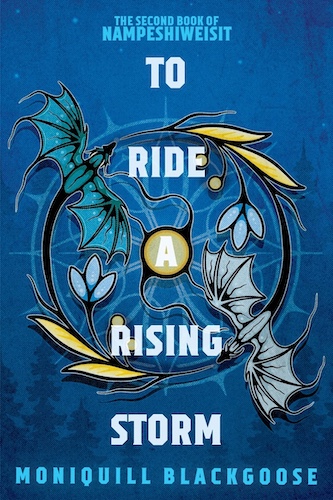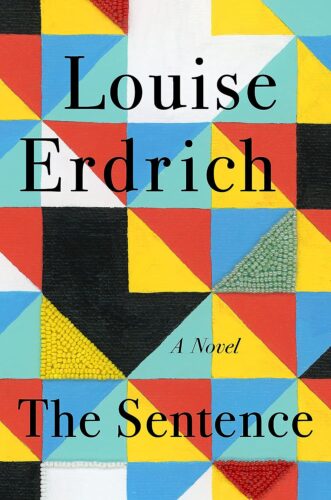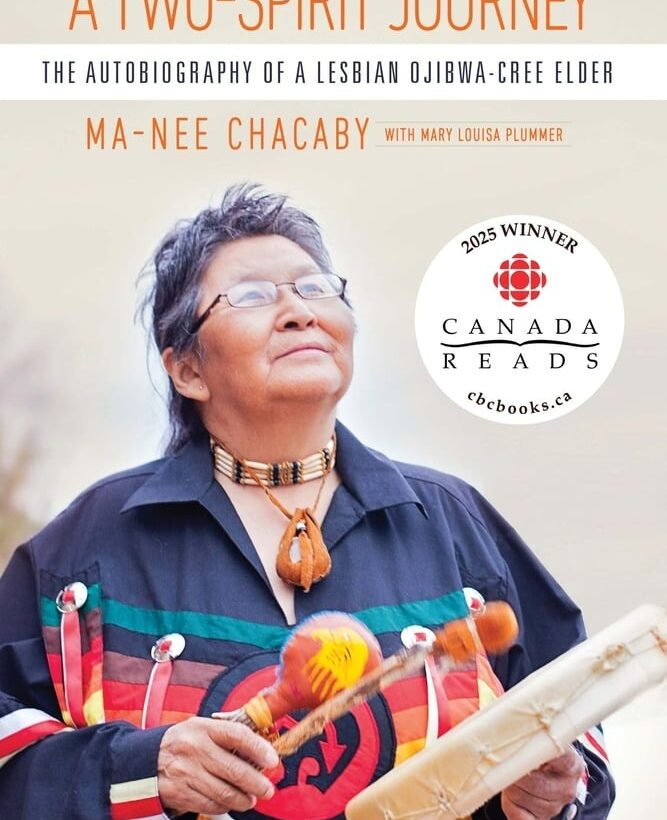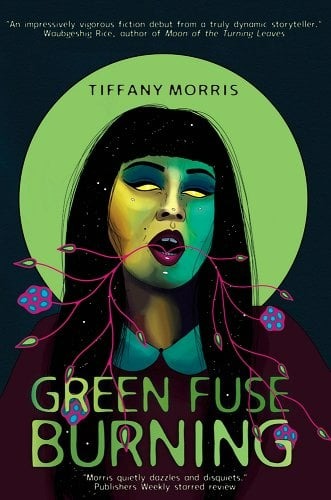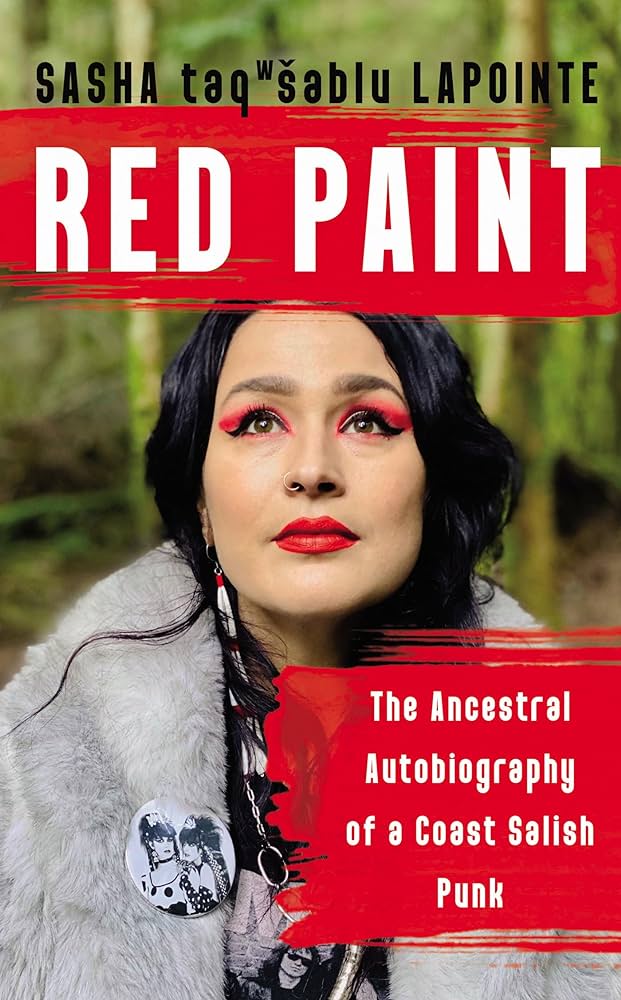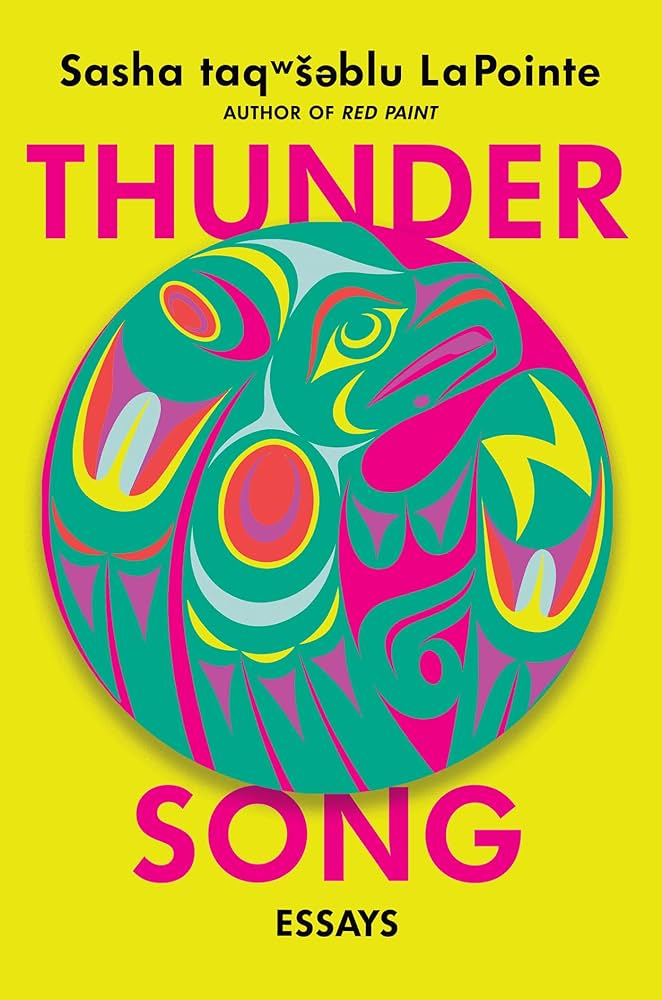A magical school story, a political critique, a dragon rider fantasy: so many of my favourite things! Book 1 of the Nampeshiweisit series was one of my favourite books of the year and contained probably my most memorable reading moment, in which Anequs makes an incredible discovery that rewrites her understanding of her dragon and ofRead More
Haunted in Every Sense: The Sentence by Louise Erdrich
Louise Erdrich’s The Sentence highlights the power of words. As it is set in a bookstore and the author herself owns Birchbark Books, I anticipated a richly detailed sense of place and community as well as a clear love of books. The Sentence delivers those things along with a complex look at what it means to be haunted. (ContentRead More
The Cost of Ambition: To the Moon and Back by Eliana Ramage Review
Since she was a child, Steph Harper has yearned to step foot on the moon. She arrived at the Cherokee Nation when she was five, after her mother fled from her abusive husband. Her mother, Hannah, and sister, Kayla, thrived there. They both take pride in their culture and history. Steph, though, never felt likeRead More
A Two-Spirit Journey by Ma-Nee Chacaby with Mary Louisa Plummer Review
A Two-Spirit Journey: The Autobiography of a Lesbian Ojibwa-Cree Elder by Ma-Nee Chacaby with Mary Louisa Plummer was this year’s winner of Canada Reads, and if you’re not Canadian, I can tell you that’s a big deal. It’s a TV/radio program where five “personalities” (celebrities of some kind) debate which book the country should beRead More
Be Gay Do Heists: Hammajang Luck by Makana Yamamoto Review
There are few things more satisfying than watching a plan unfold with no hiccups—or with a few hiccups that get resolved in the most epic of ways. Heist plots are perfect for creating that irresistible balance of intrigue, action, and suspense that makes me keep on turning the page. Hammajang Luck by Makana Yamamoto is aRead More
A Cyberpunk Heist: Hammajang Luck by Makana Yamamoto Review
I picked up Hammajang Luck by Makana Yamamoto during the Trans Rights Readathon, as the dramatic setup for this cyberpunk heist novel compelled me. It ended up being one of the most memorable stories I read for the event. Edie’s last heist ended with them being sold out by their childhood friend, Angel, and spending eight yearsRead More
A Lush Horror Novella Embracing Death and Renewal: Green Fuse Burning by Tiffany Morris Review
“Why did people need to be in nature to process the things that happened to them? Maybe it was because what was thought of as wild did not require a veil—it saw you as you truly were: an animal skulking among animals.” Though I haven’t read a lot of horror, there is plenty of horrorRead More
The Beauty of Decay: Green Fuse Burning by Tiffany Morris
Last weekend was Dewey’s 24 Hour Readathon, which I’ve done every year for the past ten years. For the October readathon, I save up horror and other Halloween-themed books all year to marathon that day. Green Fuse Burning seemed like a perfect choice: it’s a 99-page horror novella with an Indigenous and sapphic main character.Read More
Memoir of a Queer Coast Salish Punk: Red Paint by Sasha taqʷšəblu LaPointe
Buy this from Bookshop.org to support local bookstores and the Lesbrary! “I no longer wish to be called resilient. Call me reckless, impatient, and emotional. Even Indigenous. Call my anything other than survivor. I am so many more things than brave.” One of my favourite books I’ve read this year is Thunder Song, LaPointe’s newestRead More
The Song the World Needs: Thunder Song by Sasha taqwšəblu LaPointe
Buy this from Bookshop.org to support local bookstores and the Lesbrary! This was one of my five star predictions for the year, and I’m happy to say it lived up to that expectation. Thunder Song is a collection of essays about being a queer Indigenous women in the U.S. today. It begins with LaPointe talkingRead More
